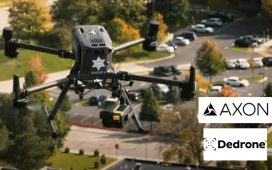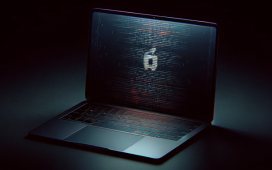A subway system in China will soon know if you’ve been naughty or nice using only facial recognition technology.
The Beijing Subway plans to introduce security screenings that use an AI-powered camera system to divide passengers into groups.
When passengers enter a station, facial recognition will check them against a database. If the system prompts security staff, other security measures will be adopted, according to Zhan Minghui, director of Beijing Rail Traffic Control Center.
The new checks are supposed to make transiting faster, which has been a major pain point for one of the world’s busiest metro systems.
Unlike most places, Chinese subways often apply security measures similar to ones seen at an airport. There are bag checks, body checks and metal detectors. And while people aren’t required to take out their electronic devices, passengers are often asked to take a sip of any beverage they’re carrying for security reasons.
Over the past few years, the Beijing Subway has been making checks more stringent, adding equipment and staff. (On special occasions, they even throw in a couple of soldiers.)
All of this has predictably created huge lines of people waiting to enter the station during rush hour. Beijing recorded 3.85 billion subway trips in 2018 alone. On one particular day in July, the subway had 13.7 million trips. That’s a lot of miserable commuters, so subway authorities are looking for a smarter way to pick out the “bad guys.”
However, it’s not clear what criteria will result in someone getting flagged for different security measures. Chinese state media reported that people could expect facial recognition roadblocks in other places, too. The system might be expanded to include buses, taxis and ride-hailing services.
China has seen facial recognition systems popping up on everything from toilets to ATMs in recent years. They’re used to punish jaywalkers, pay for groceries and keep kids from playing online games for too long. Public transportation is just one more place the tech is showing up, and Beijing isn’t the only city doing it.
In September, the southern city of Guangzhou said that two of its subway stations already allow passengers to enter turnstiles by scanning their faces. The passengers, however, will need to complete real-name registration through a mini program on WeChat, the country’s biggest social platform.
Other cities, including Shenzhen and Jinan, have been introducing facial recognition payments into their subway systems as well. And there’s one more technology that could help this tech spread. This year the Beijing Subway became the first in the country to offer 5G coverage across an entire subway line.
Although this is good news for commuters looking to stream games and movies, it could also mean better surveillance. Having 5G in the subway enables 4K video feeds in a highly-populated area. This kind of tech could aid facial recognition and positioning technologies, Chinese state media outlet People’s Posts and Telecommunications News explained earlier this year.







